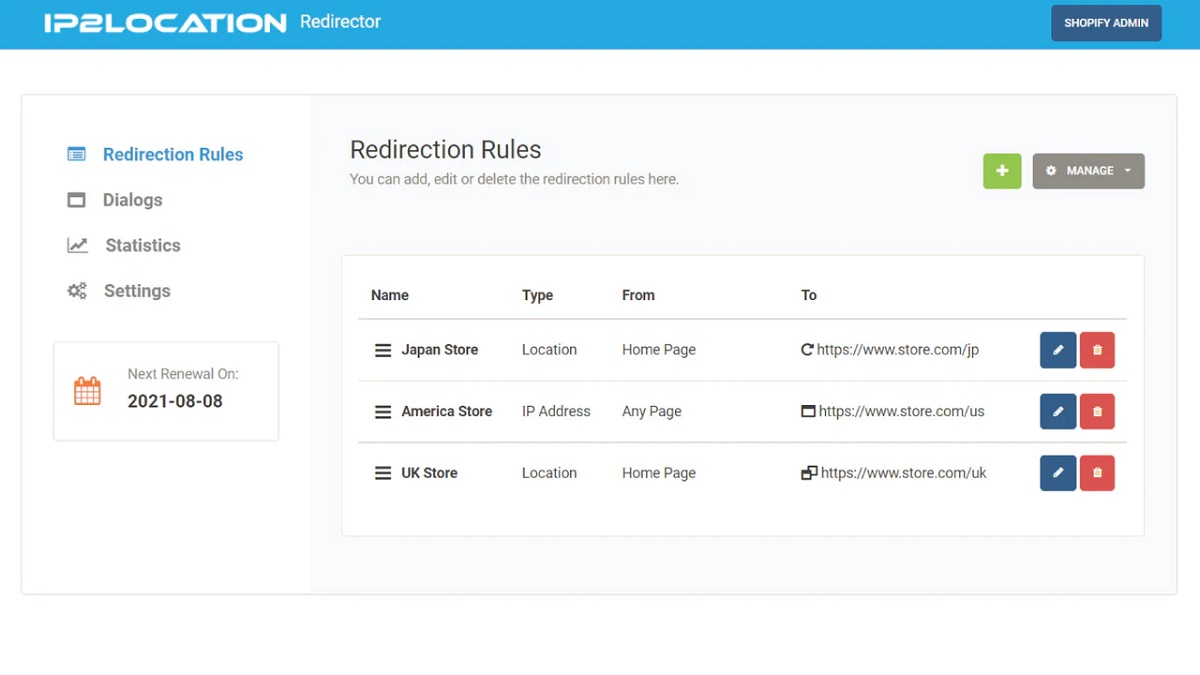Introduction
In the present computerized age, a quick and dependable organization is fundamental for the two people and organizations the same. Slow web pages and unfortunate organization execution can prompt dissatisfaction, diminished efficiency, and a negative client experience. Luckily, there are different advancements and methodologies accessible to assist with further developing organization execution and speed, and one such innovation is IP2. In this article, we will investigate how IP2 can be a unique advantage in improving organization execution and speed without digging into explicit advances.
Understanding IP2
IP2, short for Web Convention Rendition 2, addresses the following transformative move toward web correspondence conventions. While its ancestor, IPv4, filled in as the establishment for the web for quite a long time, it confronted limits as far as the number of accessible IP locations and organization security. IP2 was created to beat these difficulties and deal with a more productive and secure systems administration climate.
Efficiency in Resource Allocation
One of the critical manners by which IP2 adds to further developed network execution is through its productive portion of assets. Dissimilar to IPv4, which utilizes a 32-cycle address design, IP2 utilizes a 128-digit design. This extended location space takes into consideration a practically limitless number of remarkable IP addresses. This, thus, kills the requirement for Organization Address Interpretation (NAT) and permits gadgets to discuss straightforwardly with one another, lessening network blockage and further development rate.
Enhanced Security
IP2 likewise gets critical enhancements to network security. With the rising predominance of digital dangers and assaults, a protected organization is foremost. IP2 incorporates worked-in security highlights, like IPsec (IP Security), which guarantees information encryption and confirmation at the IP level. This additional layer of safety safeguards delicate data as well as upgrades in general organization execution by lessening the gamble of safety breaks and personal time due to cyberattacks.
Quality of Service (QoS) Optimization
Networks frequently handle a blend of traffic types, including voice, video, and information, and that’s only the tip of the iceberg. IP2’s high-level Nature of Administration (QoS) capacities empower network chairmen to focus on various sorts of traffic, guaranteeing that basic applications get the important data transmission and assets to easily work. This enhancement of QoS further develops generally speaking organization execution by diminishing inactivity and parcel misfortune for fundamental administrations.
Scalability and Future-Proofing
As the computerized scene keeps on developing, the interest in IP addresses develops dramatically. IPv4’s restricted location pool prompted the depletion of accessible addresses, bringing about the reception of different workarounds like NAT. IP2’s immense location space gives a versatile arrangement, obliging the rising number of gadgets and clients in the cutting-edge world. By future-sealing network foundations with IP2, associations can guarantee long-haul network execution and dependability.
IPv6 Transition
The progress from IPv4 to IPv6 is an essential move toward further developing organization execution. IPv4 has been the prevailing convention for a long time, yet its limits have become progressively obvious as the web has extended. IP2, or IPv6, is intended to slowly supplant IPv4. With the boundless reception of IPv6, organizations can partake in the advantages of further developed execution, security, and adaptability.
Reduced Network Overhead
In IPv4 organizations, extra conventions like ARP (Address Goal Convention) are expected for planning IP locations to Macintosh addresses. This cycle presents the network above and can prompt deferrals. IP2 works on this by presenting Stateless Location Autoconfiguration (SLAAC), dispensing with the requirement for ARP. This decrease in the network above adds to quicker and more effective correspondence.
Global Reachability
IP2 offers work on worldwide reachability, making it more straightforward for gadgets and administrations to associate across various organizations and geological locales. This worldwide reachability improves the client experience as well as empowers organizations to grow their compass and client base without compromising organization execution.
Enhanced Mobility
In this day and age, versatility is vital. IP2’s highlights improve its fit to help cell phones, guaranteeing consistent availability as clients move between networks. This is particularly basic for organizations that depend on portable labor forces or proposition benefits that require a steady network.
Multicast Efficiency
IP2 likewise further develops network effectiveness through advanced multicast support. Multicast permits information to all the while is sent from one source to different objections. IP2 upgrades multicast productivity, diminishing organization blockage and working on generally speaking execution for applications, for example, video web-based and content conveyance.
Conclusion
All in all, IP2 innovation, or IPv6, offers a huge number of advantages that can essentially upgrade network execution and speed. Its effective asset designation, upgraded security highlights, nature of administration streamlining, versatility, and different benefits make it a fundamental instrument for both individual clients and organizations endeavoring to give a consistent and solid organization experience. As the computerized scene proceeds to develop the interest in IP addresses develops.




